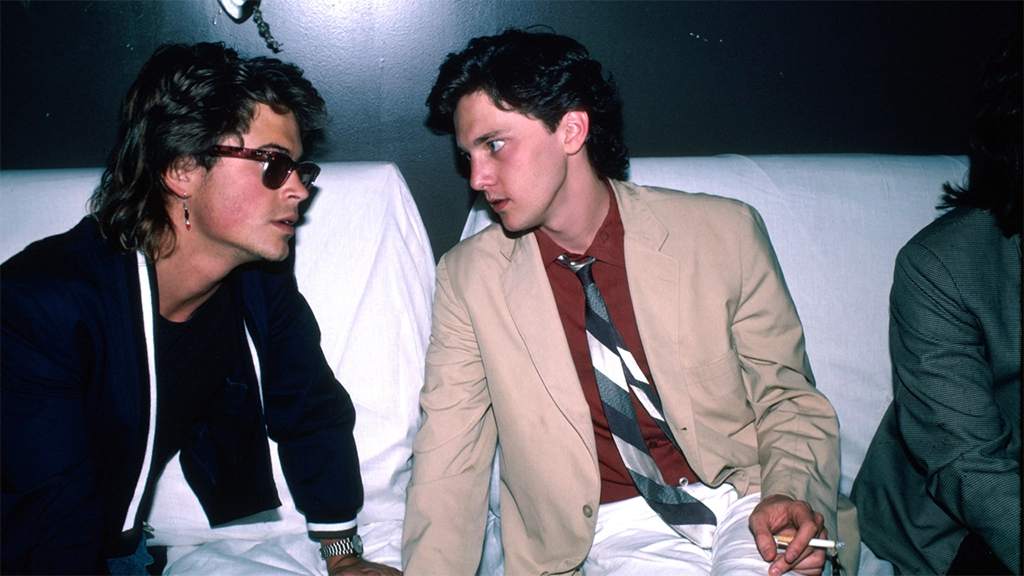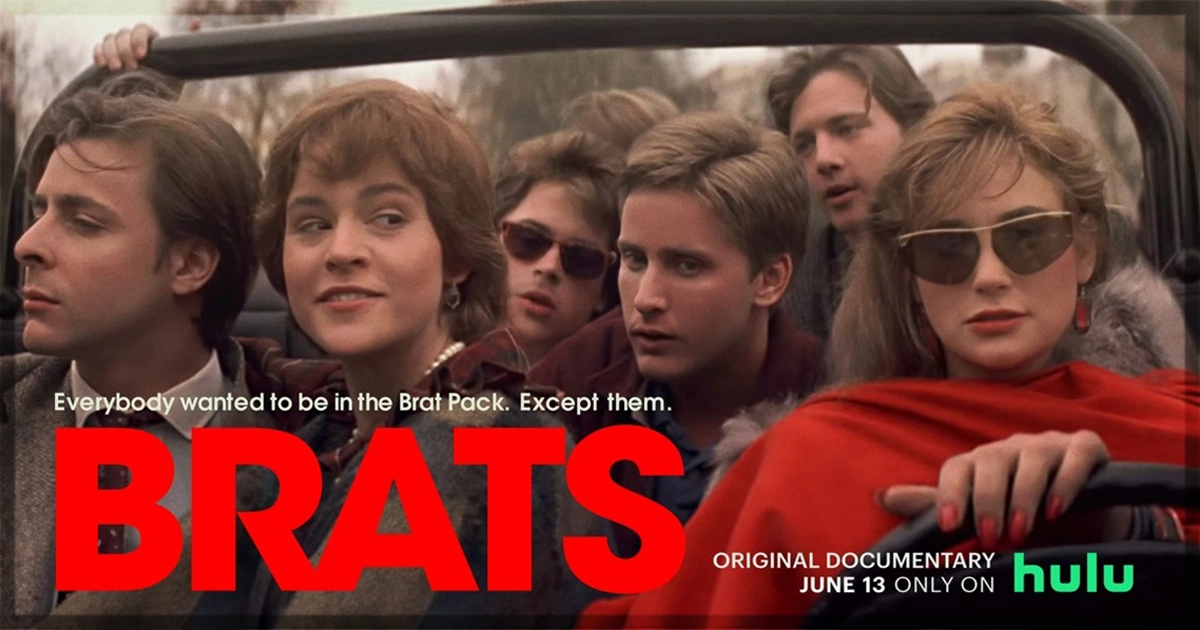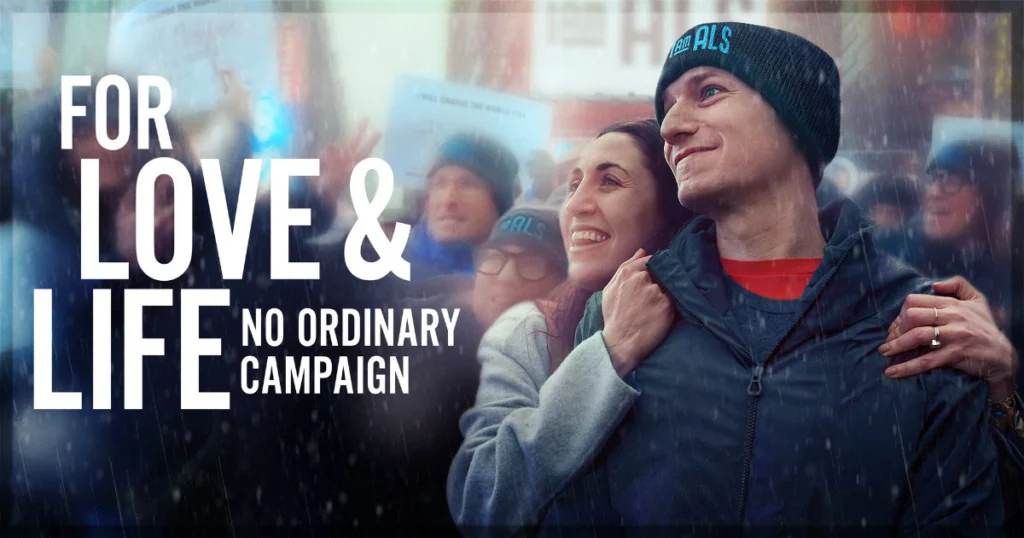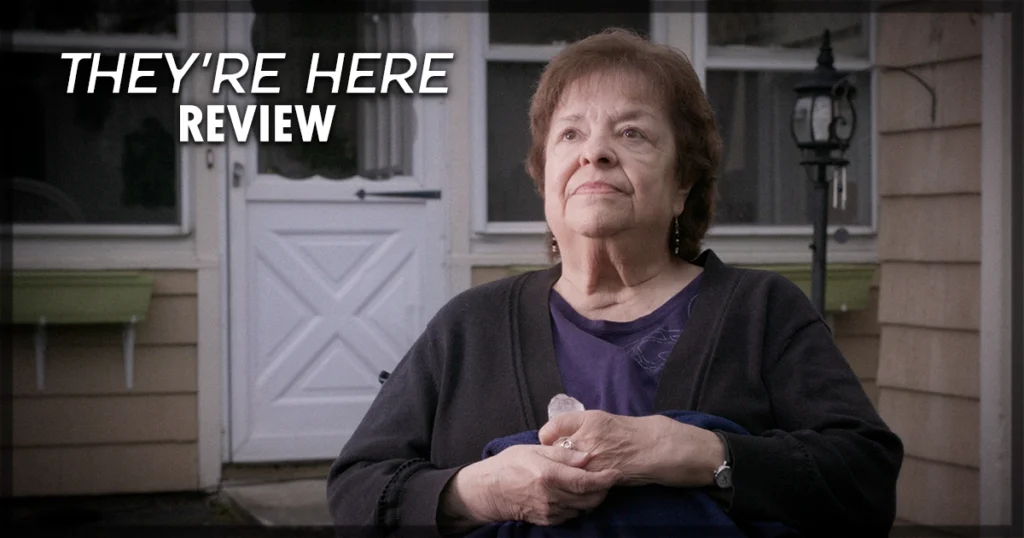In the mid-1980s, Andrew McCarthy starred in a number of highly successful teen films. You’ve probably heard of at least two of them: St. Elmo’s Fire and Pretty in Pink. He and several other young actors were positioned at exactly the right time and place to create a cultural moment. Teen stories were smart, popular, honest, and fun in ways they hadn’t been before, and this whole group of actors were starring in most of them. This young cadre of performers, including McCarthy, Emilio Estevez, Rob Lowe, Anthony Michael Hall, Demi Moore, Judd Nelson, Molly Ringwald, and Ally Sheedy, seemed poised to take over Hollywood.
In 1985, journalist David Blum penned an article for New York Magazine titled “Hollywood’s Brat Pack They’re Rob, Emilio, Sean, Tom, Judd, and the rest—the young movie stars you can’t quite keep straight.” Starting out as a feature on Estevez, it morphed into a piece on the culture of this group of performers and ended up changing the trajectory of nearly all of their careers. Through the early 1990s, the term Brat Pack was everywhere, and none of the young actors seemed to enjoy it. While only briefly mentioned in the article, Andrew McCarthy’s performance in St. Elmo’s Fire cements him as a member of the group, and Brats is his attempt to engage with and perhaps find some closure with that era in his career.
The Brat Pack article changed things a group of young Hollywood actors
The documentary film follows him as he reconnects with the other members of the pack and discusses that era and how the article affected each of them. There are a few noticeable absences -neither Molly Ringwald, Judd Nelson, nor Anthony Michael Hall appears- but McCarthy manages to connect with most of the pack. His conversations with Emilio Estevez and Demi Moore are highlights, both thoughtful and empathetic, thought perhaps not that in-depth -more on that in a moment. There are shorter appearances with Rob Lowe, Ally Sheedy, and adjacent non-members Jon Cryer and Lea Thompson, all of which illuminate the central thesis: that the Brat Pack article changed everything for all of them.

If you take the time to read the article[1], you will see why: it is, generously, a little mean-spirited. It chronicles a night out with Estevez, Lowe, and Nelson and portrays the young actors as vain, self-obsessed, and self-important. The article introduces each member with a brief description, including “The Overrated One” for Judd Nelson. It talks disdainfully about how none of them were trained actors like the generations before them and their plans to keep working together for as long as possible. More than anything, though, it created an impression that -to paraphrase McCarthy and Nelson from the archive interview footage- an impression that they weren’t serious about their craft.
It’s this last point that seemed to hit home and change the game for each of the actors, and each of them in the documentary explains how it made them not want to work together anymore and disillusioned them with the media. McCarthy is an affable presence in each of these interviews, playfully laughing as he asks many of his questions and discovers commonalities between his experience and theirs.
It may not be easy to feel sympathy for famous people, but this article did have an effect on each of them, and it is nice to see them each gain some insight as the film moves along, but it also never ventures too deeply into how each of them was affected. There’s little exploration of the excesses that some of them indulged in, nor the full extent of the career fallout; it mainly states that there was some, and each of them had a similar experience of it.
This comes to a head in the last and most important interview of the film, in which McCarthy sits down with David Blum to speak about the 1985 article. I will leave it to you to decide for yourself whether McCarthy gained the closure he was seeking, but I will also say that a more experienced interviewer, or at least one more willing to press the questions, may have done better. The interview does achieve one thing, it makes Blum look like a bit of a jerk, so maybe that karma is enough.
Still, Brats is a great slice of nostalgia, especially for anyone who lived through any part of that period. It’s nice to see old friends reconnect and grapple with this shared trauma. This is a documentary tailor-made for the 80s and 90s kids who grew up watching Breakfast Club, Sixteen Candles, St. Elmo’s Fire, and Pretty In Pink endlessly on VHS. Brats may not plumb the depths of its subject to a fully satisfying extent, but it’s still satisfying to spend time with the pack again.
Brats recently premiered at the 2024 Tribeca Film Festival. In the US, it will stream on Hulu on June 13th. Brats will be available in Canada on Disney+ on June 28th.
Find out more about the Brat Pack documentary at the Tribeca site for the title.
[1] Read David Blum’s article here.



